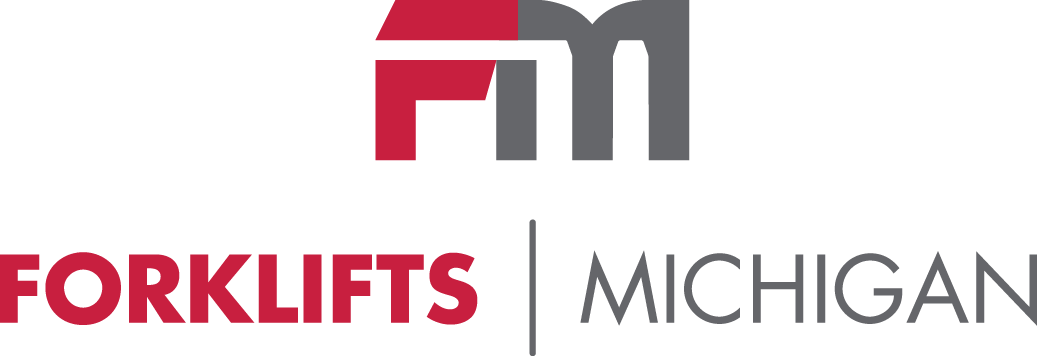In Depth Technical Specifications of Reliable Secondhand Forklifts for Global Buyers
In today's competitive market, the demand for reliable and cost-effective material handling solutions has led many businesses to consider purchasing secondhand forklifts. These machines offer an attractive alternative to new models, particularly for budget-conscious buyers looking to maximize their investment without compromising on quality. However, understanding the technical specifications of secondhand forklifts is crucial for ensuring a wise purchase decision. Factors such as lifting capacity, engine type, and overall condition can significantly impact performance and longevity, making it essential for buyers to arm themselves with in-depth knowledge.
As global buyers navigate the complexities of acquiring secondhand forklifts, they encounter a myriad of brands, models, and configurations that can be overwhelming. This blog aims to provide a thorough overview of the key technical specifications that should be considered when evaluating these essential pieces of equipment. By understanding the intricacies involved, buyers can confidently choose secondhand forklifts that align with their operational needs and enhance their productivity. Dive into the details and discover how to make informed choices in the realm of secondhand forklifts.
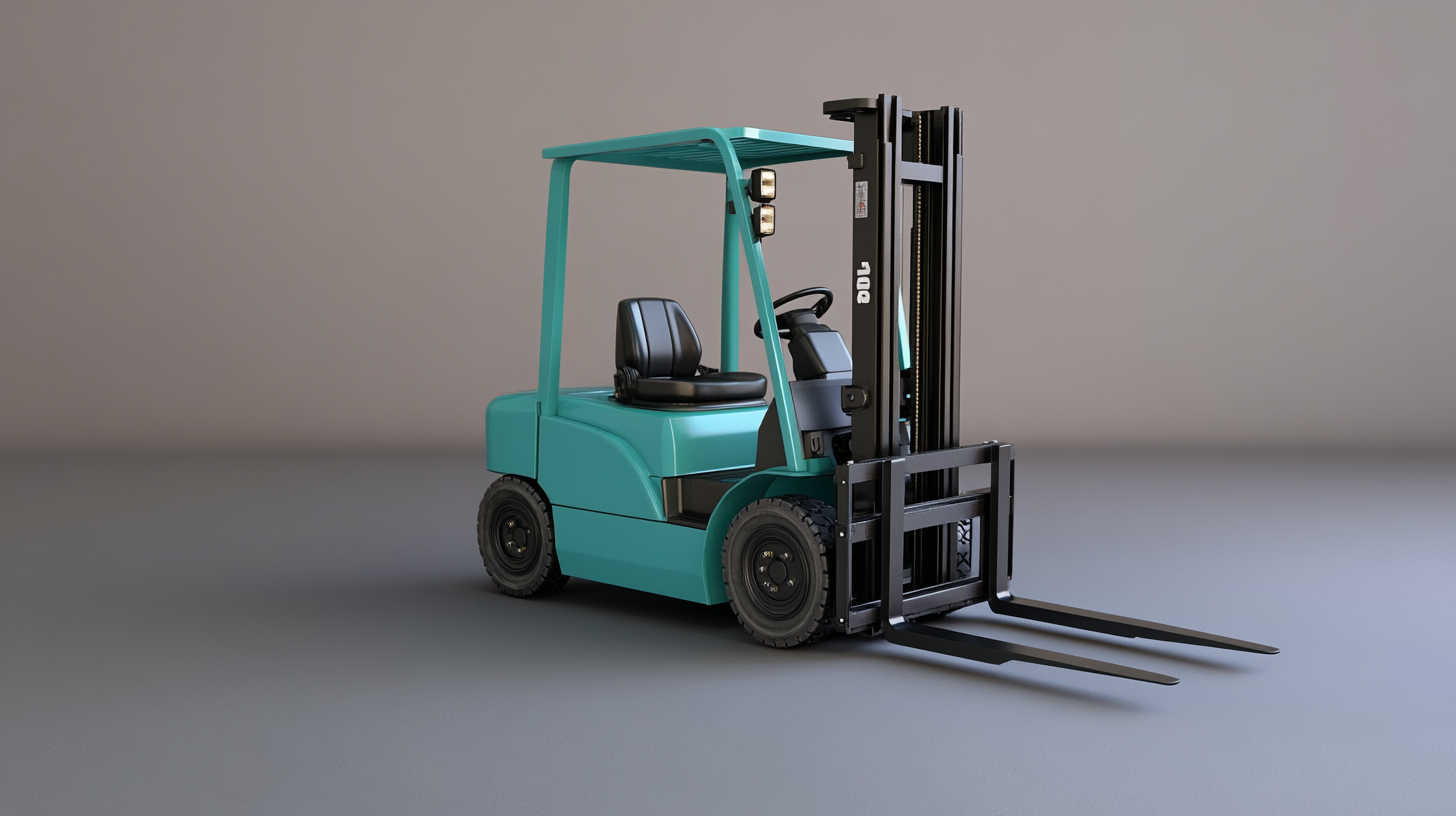
Key Features to Look for in Reliable Secondhand Forklifts
When considering reliable secondhand forklifts, certain key features stand out as critical for global buyers. The used forklift market has seen fluctuating trends recently, influenced by various factors affecting the materials handling industry. According to industry reports, the demand for quality secondhand forklifts has remained steady, with buyers particularly seeking models that ensure both safety and functionality. A forklift's operational history and maintenance records are essential, as these elements provide insight into its reliability.
One of the primary features to look for is compliance with OSHA's safety standards, specifically the 29 CFR 1910.178 mandate, which requires that forklifts be regularly maintained and inspected. Buyers should prioritize models equipped with updated safety features, such as load capacity indicators and anti-tipping technology, to enhance workplace safety. Additionally, understanding the technological innovations in the forklift market can guide buyers towards models that incorporate advanced controls and automated systems, thus improving efficiency and reducing the risk of accidents.
Moreover, prospective buyers should assess the forklift's versatility for different applications. The recently launched Doosan NXE Series, for instance, showcases a range of electric counterbalance forklifts designed for small to medium enterprises. These models not only provide operational flexibility but also align with the growing trend toward environmentally friendly solutions in material handling. By focusing on these key features, global buyers can make informed decisions when investing in reliable secondhand forklifts, ensuring that they meet their operational needs while adhering to safety regulations.
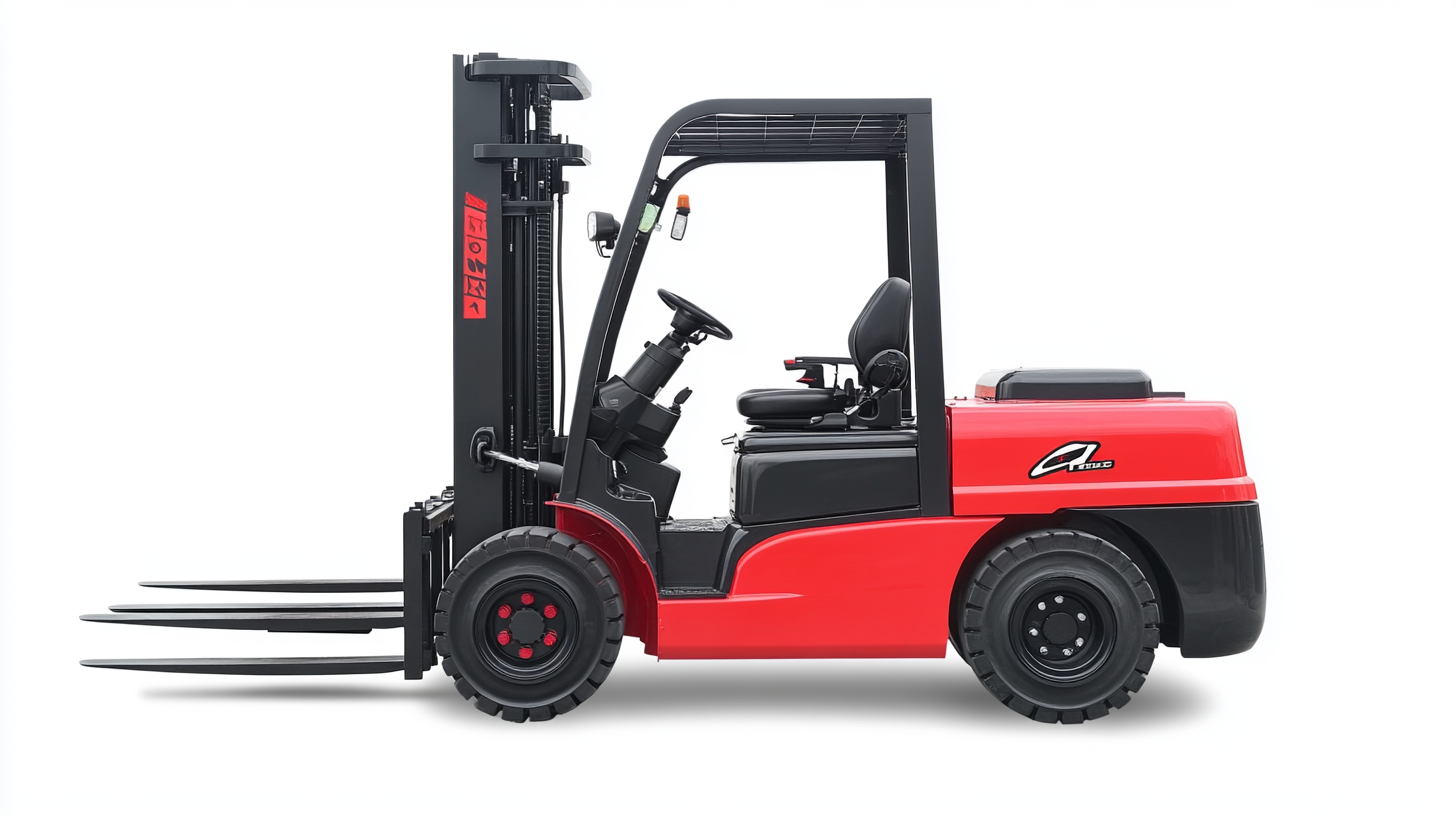
Understanding Load Capacity and Performance Metrics
When considering the purchase of reliable secondhand forklifts, understanding load capacity and performance metrics is critical for global buyers. Load capacity, which indicates the maximum weight a forklift can safely handle, is influenced by several factors, including the design and construction of the unit. Heavy-duty models typically offer higher load capacities, making them ideal for industrial environments. Buyers should carefully evaluate the load center, or the weight distribution relative to the forklift's stability triangle, as this plays a crucial role in ensuring safe operation.
Performance metrics, on the other hand, encompass various aspects of a forklift's functionality, including lift height, travel speed, and maneuverability. A higher lift height is essential for warehouses with tall storage systems, whereas travel speed can significantly impact overall efficiency in material handling tasks. Additionally, the turning radius is an important metric for navigating tight spaces, especially in crowded environments. Buyers must assess these metrics in relation to their specific operational needs to make informed decisions.
Another important consideration is the condition and maintenance history of the forklift. Even if a secondhand unit touts impressive load capacity and performance metrics, its reliability can be compromised by inadequate maintenance or extensive wear and tear. Prospective buyers should seek detailed service records and conduct inspections to ensure they are investing in a forklift that not only meets load requirements but also performs reliably over time. By focusing on these critical elements, global buyers can find secondhand forklifts that align with their operational demands while optimizing safety and efficiency.
Maintenance History: A Crucial Indicator of Forklift Dependability
When purchasing secondhand forklifts, maintenance history emerges as a pivotal element in determining their reliability. According to the Material Handling Industry of America (MHIA), nearly 70% of forklift failures can be traced back to poor maintenance practices. Buyers must scrutinize maintenance records to ensure that the equipment has been regularly serviced and any necessary repairs addressed promptly.
A thorough maintenance history not only illustrates a forklift's operational reliability but also its lifespan. The Occupational Safety and Health Administration (OSHA) highlights that forklifts maintained in accordance with manufacturer guidelines can last up to 20% longer than those without documented service records. This is particularly important for global buyers who depend on these machines for efficient, uninterrupted operations. A healthy maintenance history can significantly reduce the likelihood of unexpected downtimes, saving companies from costly disruptions.
Additionally, understanding the common maintenance needs—such as battery care, hydraulic system checks, and tire inspections—can further assist buyers in evaluating a forklift's dependability. A report from the Forklift Truck Association (FLTA) indicates that regular maintenance can decrease operational costs by 30%, reinforcing the importance of choosing a secondhand forklift with an exemplary maintenance history. Buyers who prioritize these elements not only safeguard their investments but also enhance the overall productivity of their logistics operations.
Dependability Indicators of Secondhand Forklifts
Evaluating the Age and Condition of Secondhand Equipment
When considering the purchase of secondhand forklifts, evaluating the age and condition of the equipment is crucial for ensuring reliability and performance. According to the latest industry data, forklifts averaging 10 years or more in age often present increased maintenance costs, with reports indicating that up to 30% of operational expenses can stem from older machinery. This underscores the importance of not only the age factor but also the comprehensive assessment of the machine's operational history.
Inspections should focus on critical components such as the engine, transmission, and hydraulic systems. A 2022 report by the Material Handling Industry (MHI) emphasizes that forklifts with documented maintenance records tend to have a substantially lower failure rate, often around 20% less than those without. Moreover, condition assessments should encompass structural checks for signs of wear, rust, or mechanical damage, as these factors can drastically affect performance and safety.
In addition, the market trend shows that equipment with lower hours of operation but older age can sometimes be a more cost-effective purchase. A thorough evaluation of an hour meter reading, compared to the industry average operational cycles, can provide insights into the actual wear and tear of the machine. Given that a well-maintained unit can last over 10,000 working hours, buyers must remain vigilant to ensure they're investing in a forklift that not only fits their budget but also offers longevity and reliability in performance.
Average Condition Ratings of Secondhand Forklifts by Age
Best Practices for Sourcing and Verifying Forklift Suppliers
When sourcing secondhand forklifts, global buyers must prioritize reliability and quality to ensure operational efficiency. Proper sourcing begins with understanding the operational history of the forklifts. Buyers should seek detailed information about the machine’s usage, maintenance records, and any past repairs. This data is crucial as it can reveal potential issues that may arise post-purchase. Additionally, verifying the authenticity of suppliers is essential; buyers should look for established companies with good reputations in the market.
Best practices for verifying forklift suppliers include checking customer reviews and ratings, asking for references, and confirming certifications. Engaging with suppliers who have a transparent business model and are willing to provide documentation of their products’ quality can significantly reduce risks. In addition, it's advisable to conduct on-site inspections of the forklifts when possible. This hands-on approach allows buyers to assess the condition of the equipment firsthand, ensuring it meets the necessary standards for safety and functionality.
Furthermore, global buyers should consider establishing relationships with multiple suppliers to create a competitive environment that can lead to better prices and options. Leveraging technology, such as online platforms and networks that specialize in industrial equipment, can also aid in identifying trustworthy suppliers and available inventory. By adhering to these best practices, buyers can make informed decisions that support their operational needs while mitigating risks associated with the purchase of secondhand forklifts.
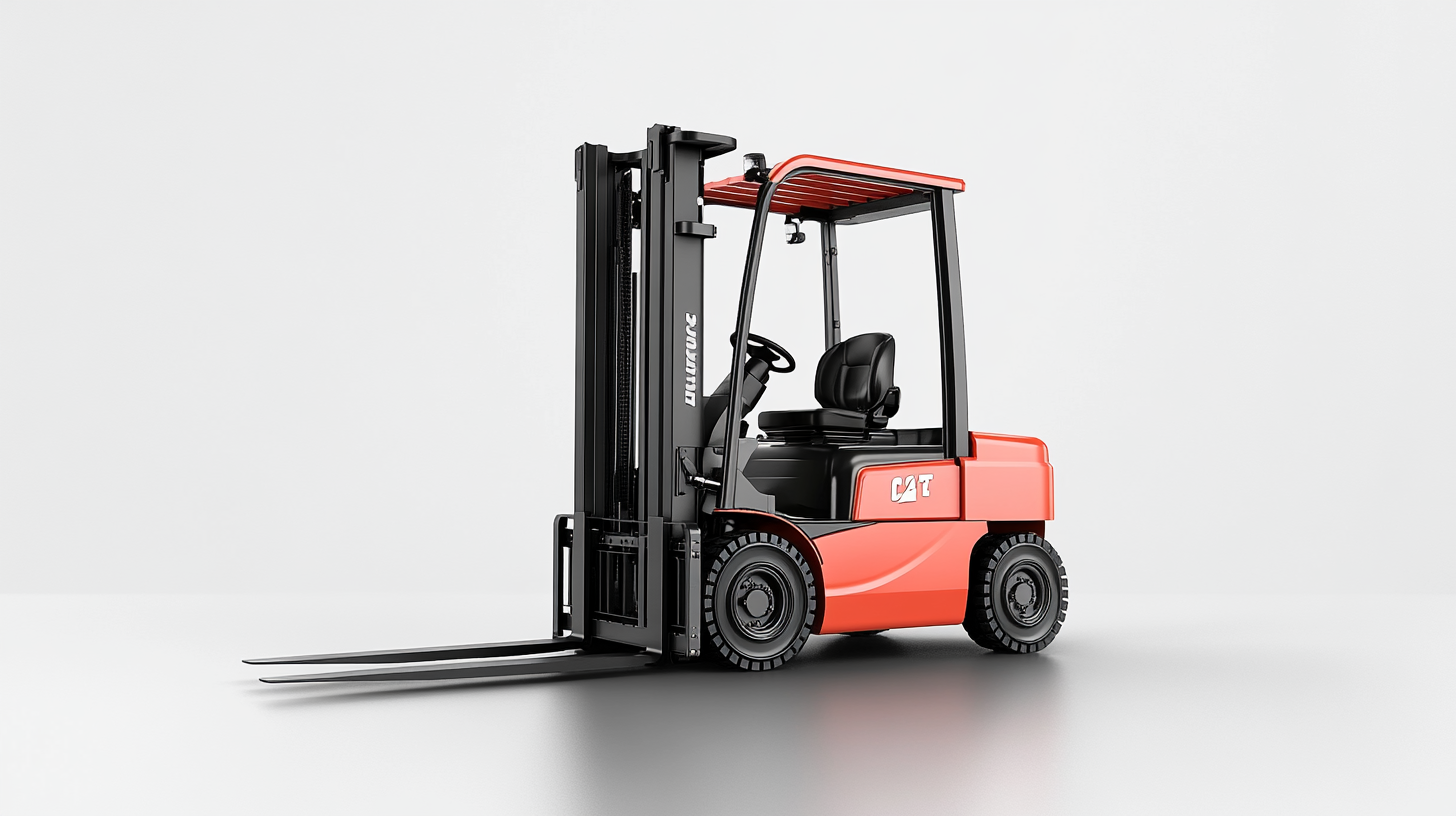
Related Video
-
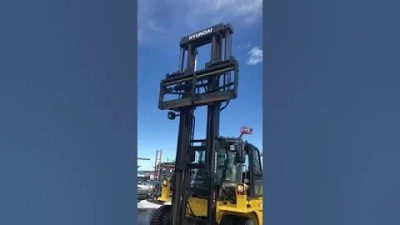
FOR SALE - USED 2017 HYUNDAI 110D-9 - LEAVITT MACHINERY
View: 58Channel: Leavitt Machinery -
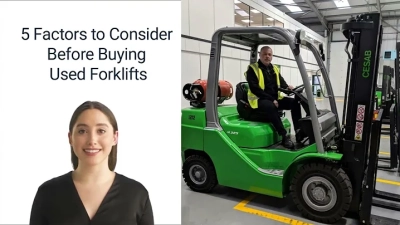
5 Factors to Consider Before Buying a Used Forklift
View: 236Channel: Angus Lift Trucks -

What to Look for When Buying a Used Forklift | Kalmar DCD250 | Durability and Longevity
View: 3323Channel: Heavy industry import and export limited

